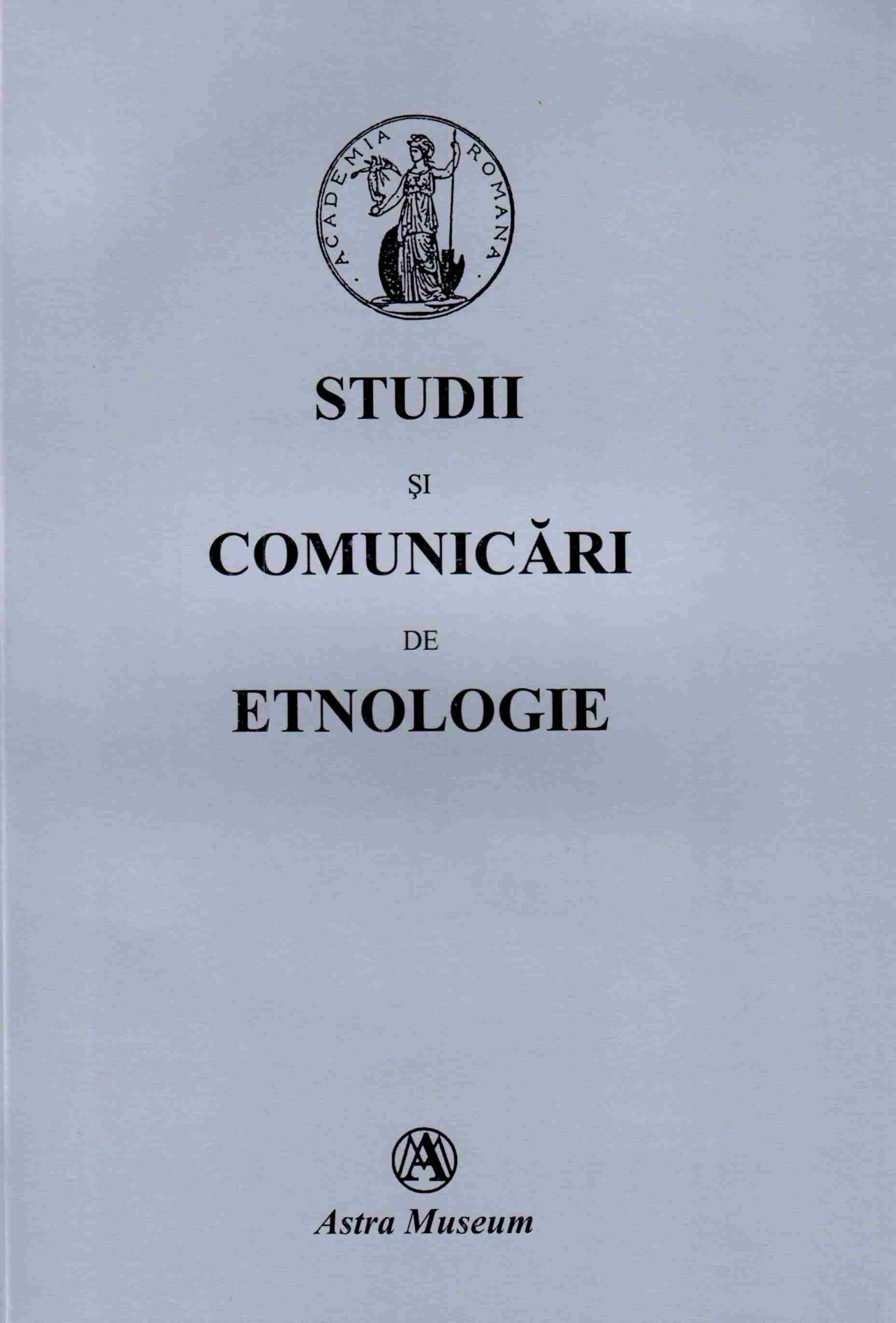Culoarul Rucăr-Bran. Nedei, târguri, bâlciuri
Pastoral civilization in the Rucăr-Bran Corridor
Author(s): Lucian DavidSubject(s): National Economy, Sociology, Local History / Microhistory, Tourism
Published by: ASTRA Museum
Keywords: Rucăr-Bran Corridor; pastoral celebration; the shepherds
Summary/Abstract: The favourable natural setting, the varied topography, the soil cover, the richness of vegetal species, the well-developed river system etc., correlated with the existence of extensive pastures and hayfields have encouraged the development of a well known (local and abroad) pastoral civilization in the Rucăr-Bran Corridor. Sântilie (Saint Elias) is also the folk name of the saint’s Christian feast, which is celebrated on July 20, when people believe that the saint sends heavy thunderstorm showers and hail. This fair of two countries, has since been organized on the border between Transylvania and Wallachia, more exactly in the Leaota, Iezer Păpuşa Mts., was a large pastoral celebration and a complex event, where people came not only to enjoy themselves and engage in trade activities, but also to meet their potential spouses. Likewise, the shepherds had the chance to meet their families, as the women were forbidden to climb to the sheepfold. Nowadays, this ban is not observed any longer, with the exception of few sheepfolds, especially those harder to reach.
Journal: STUDII ŞI COMUNICĂRI DE ETNOLOGIE
- Issue Year: XXIX/2015
- Issue No: 29
- Page Range: 189-193
- Page Count: 5
- Language: Romanian
- Content File-PDF

